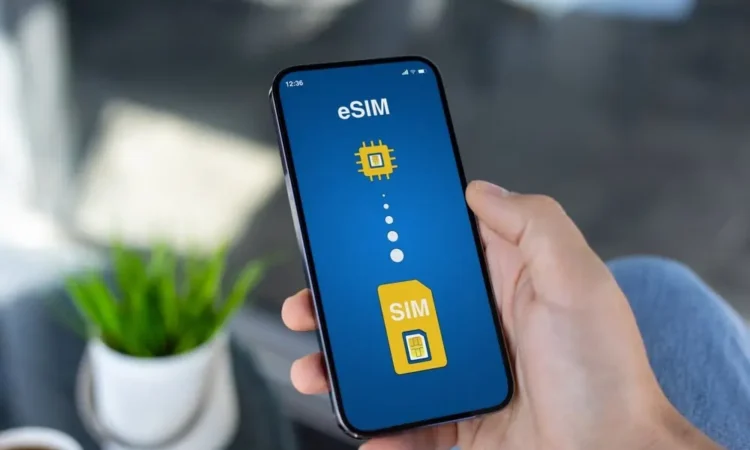
When venturing abroad, international travelers face crucial connectivity decisions that impact both convenience and budget. The traditional approach of purchasing local SIM cards at each destination competes with newer global eSIM solutions that promise seamless connectivity across multiple countries. Understanding the financial implications of each option helps travellers make informed choices that balance cost concerns with practical needs.
eSIM technology fundamentals
Embedded SIM technology incorporates programmable connectivity directly within devices without requiring physical card insertion. This approach allows remote profile provisioning through simple QR code scanning. Multiple carrier profiles can coexist simultaneously on single devices. Switching between networks requires only software settings changes. New service activation happens instantly without physical store visits. These capabilities transform how travelers manage connectivity across destinations.
Global coverage options
Worldwide packages provide consistent service across multiple continents through single activations. Regional bundles offer optimized pricing for specific travel zones like Europe, Asia, or North America. Country-specific options deliver tailored data allocations for single-destination trips. Coverage maps vary significantly between providers, particularly for less-travelled locations. Service quality depends on local network partnership arrangements. These variations require careful evaluation against specific itinerary requirements.
Data allocation strategies
Daily pass structures charge fixed rates for 24-hour access periods. Data bundle approaches provide specific gigabyte allocations usable throughout validity periods. Unlimited packages remove consumption concerns for heavy users at premium prices. Pay-as-you-go systems charge only for actual usage without minimums. Hybrid offerings combine base allocations with affordable overage options. These diverse approaches suit different travel styles and usage patterns.
Modern travellers increasingly turn to specialized providers offering flexible international data options through digital delivery. Services available through https://esimplus.me/esim-global allow connectivity arrangement before departure, eliminating arrival stress and ensuring immediate access upon landing. The digital profile installation requires only brief internet access to scan an activation QR code, after which travellers enjoy local data rates without physical SIM swapping.
Pricing structure analysis
Short trips often favour global solutions despite higher daily rates due to minimum purchase requirements for local options. Extended stays typically benefit from local physical cards when exceeding two weeks in single locations. Multi-country journeys strongly favour programmable profiles through reduced overhead and eliminating multiple acquisition processes. Business travellers value simplified expense reporting through consolidated billing. Data-intensive users may find better value in unlimited local packages for single-country visits. These nuanced considerations prevent one-size-fits-all recommendations.
Usage pattern influences
Social media sharing without video remains relatively light on data consumption. Navigation applications require moderate continuous connectivity. Video streaming demands substantial data allocations regardless of solution type. Video calling consumes approximately 3-5MB per minute, depending on quality settings. Cloud photo backup represents significant, often-overlooked background consumption. These usage patterns should guide allocation decisions regardless of physical or embedded solution choice.
Flexibility benefits
Last-minute travel changes create significant advantages for programmable profiles through instant adaptation. Multiple-device travellers appreciate simplified management across phones and tablets. Dual phone users benefit from consolidated data packages across devices. Family travelers can share connectivity without multiple purchases. Business/personal separation maintains distinct profiles without physical swapping. These convenience factors provide value beyond direct cost comparison.
The choice between global embedded profiles and traditional physical cards extends beyond simple price comparison. Convenience value, time efficiency, flexibility requirements, and specific itinerary details should influence decision-making alongside direct cost considerations. Frequent travellers ultimately adopt hybrid approaches, utilizing programmable solutions for multi-country journeys while selecting local physical options for extended single-country stays exceeding several weeks. This balanced strategy optimizes both convenience and cost across different travel scenarios.
